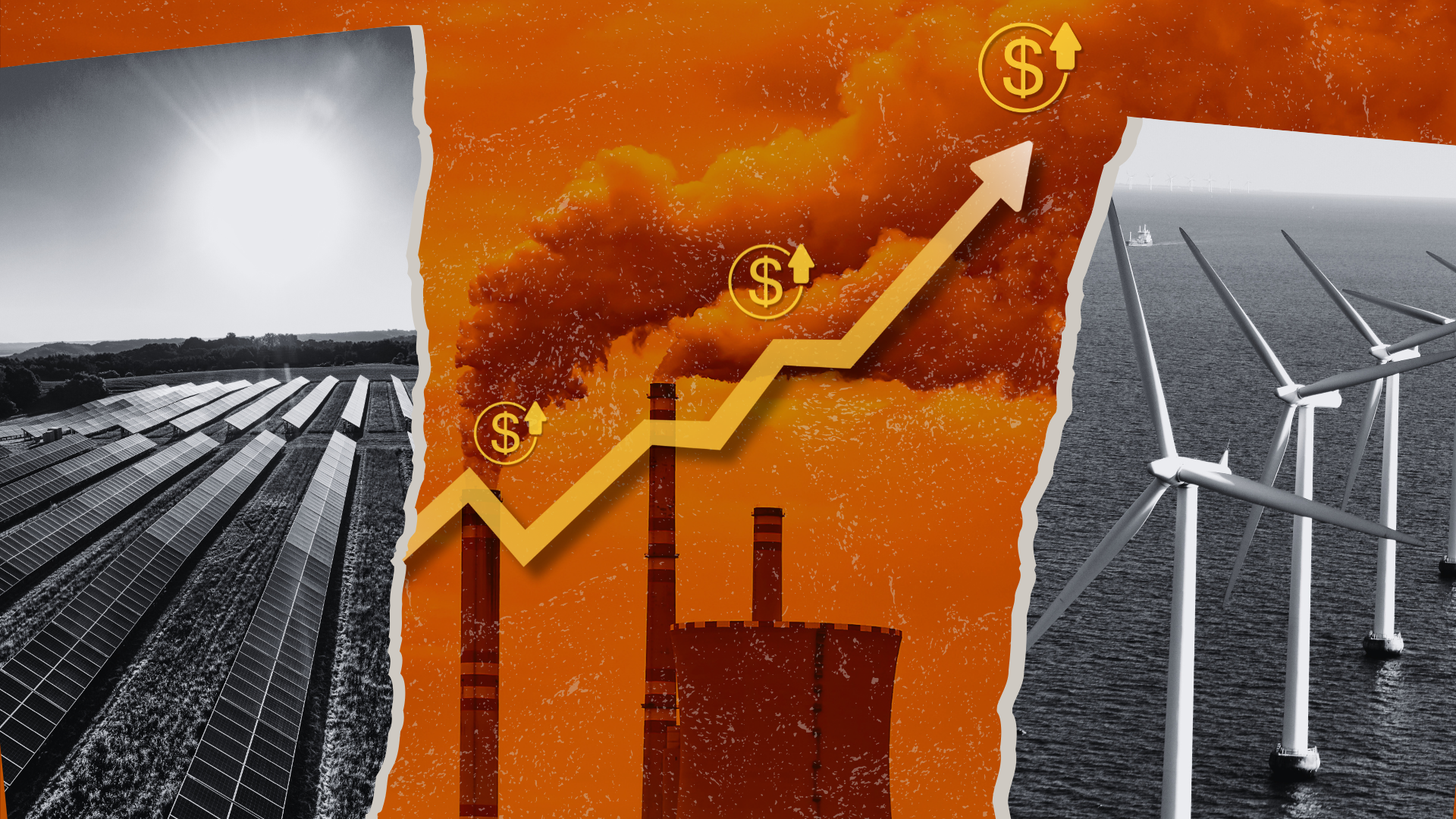Dangerous CFLs? Don’t Believe Everything You Read
 This post is by John Balbus, M.D., M.P.H., Chief Health Scientist at Environmental Defense.
This post is by John Balbus, M.D., M.P.H., Chief Health Scientist at Environmental Defense.
On February 3, Parade published a misleading Medical Alert column with the headline "Bright Lights, Bad Headache?" by Dr. Isadore Rosenfeld. It starts with a list of unsubstantiated claims:
As energy-saving fluorescent lightbulbs become standard, new research suggests some dangers: Flickering bulbs have been reported to precipitate migraines or even seizures, though manufacturers say the new models have been improved. Fluorescent light also can aggravate skin rashes in people with lupus, eczema, dermatitis or porphyria.
Environmental Defense could find no published scientific studies demonstrating that compact fluorescent light bulbs (CFLs) trigger migraines or seizures. And unlike older fluorescent tube lights, modern CFLs with electronic ballasts don’t flicker.
Rosenfeld’s statement about fluorescent light harming people also is highly misleading. While there is a theoretical risk to people with severe photosensitive skin diseases from the small amount of ultraviolet light emitted by CFLs, most people with eczema – a very common disease – have no such photosensitivity. People who are unable to tolerate any sunlight due to photosensitivity may be advised to avoid additional exposure to the small amount of ultraviolet light from CFLs, but this is only a subset of people with eczema and lupus.
The piece then mentions that CFLs contain mercury. This is true, but the amount of mercury in a typical CFL is very small, only 4 to 5 milligrams, and newer bulbs have even less. This is almost one thousand times less than what used to be in mercury thermometers. While people certainly should avoid exposing themselves to the mercury from a CFL if it breaks (see my previous post for how to properly dispose of CFLs), the exposure from a single broken bulb is comparable to the mercury in a few cans of tuna, and would not be expected to cause ill effects.
Articles like "Bright Lights, Bad Headache?" that make serious claims of harm from CFLs need to substantiate those claims with solid science. Why? Because CFLs have the potential to dramatically reduce energy use, and coal-generated electricity releases much more mercury (and other toxic pollution) than CFLs.
Parade does a disservice to its readers and the environment by propagating inaccuracies, half-truths and misleading statements. Instead of a medical alert, it should be issuing a junk science alert and tracking down the facts.













3 Comments
Contrarian comments not allowed. Only kow-towing sheeple who agree are allowed to post (apparently).
I removed your comment because it contained abusive language. That’s part of our forum policy. If you can express yourself without name-calling, feel free to post your thoughts again.
Here’s a short critique of the bogus argument that there will be a reduction in toxic mercury into the environment with CFL’s due to the energy reduction from coal plants.
(1) The old EPA figures most often cited are incorrect for several reasons. The basic one is that they assume 100% of electricity in the US is from coal plants. Not true. 50% of electricity does not come from coal plants in the US and coal plants are now being mandated to reduce their mercury emissions by between about 70% and 90% over the next several years in at least 15 States and the Feds are likely to do the same in the next Administration. The most recent calculations from the DOE indicate that, on the average, CFL’s are worse than incandescent bulbs in terms of mercury.
(2) Places like California produce little energy from coal plants, and several states produce none. So any CFL energy reductions will not cut much, if any, mercury there.
(3) The 5mg of mercury generally claimed for CFL’s is largely a goal and not the current reality which is as much as 600% higher for some major manufacturers according to suppliers of CFL’s to the State of New Jersey. All but one of the CFL’s offered there had more than 5mg.
(4) CFL’s are almost all made in China with energy from mostly very dirty coal plants that emit ten times the amount of mercury per KWH as US coal plants emit. Since China gets about 80% from coal and the US only about 50%, the comparison is much worse. Also, it likely takes the equivalent of about 25% of the CFL’s energy savings to produce them there including the extra energy for the packaging and shipping compared to incandescent bulbs which are almost all made here. That represents a lot more mercury per CFL. Since fuel and power in China emit up to twice as much CO2 as in the US, on average, there may go up to half the CO2 savings. And since places like California are twice as clean in terms of CO2 as the rest of the US, there may be only nominal CO2 savings realized from CFL’s in some States. The same holds for SO2 and the Nitrogen Oxides.
(5) Partly due to the increasing demand for their CFL’s, China is one of the few places left on Earth that still mines specifically for new mercury. And it is unlikely that these mines would meet our environmental and safety standards. Similarly, to meet the increased demand from a massive CFL program in the US, China will need to construct many new manufacturing plants using dirty energy to build and requiring much more dirty power to operate. This in turn will contribute to the need for even more new dirty coal plants there.
(6) As much mercury is spilled into the environment in the manufacture of CFL’s in China as goes into the CFL’s according to recent statements from industry representatives.
(7) CFL’s are delivered here on ships using bunker oil, the worst mercury and CO2 producer of the fuel oils. Not to mention all the other really bad heavy metals and toxics that it emits. Overall, it is 1,000 times dirtier than standard transportation fuel. Again, incandescent bulbs are still almost all made in the US in existing industrial facilities and shipped using cleaner standard fuel.
(8) There is no recycling program in place or planned that could handle the number of CFL’s proposed. Only 2% of CFL’s are recycled. And after many years, even the industrial recycling programs only handle about 25% of fluorescent lights, with no verification of how much of the mercury is actually captured.
(9) It is likely that if any major recycling program is set up, the CFL’s will be shipped back to China for reprocessing in newly built plants using dirty energy.
Thus, when an objective and realistic global lifecycle analysis is made, it is clear that a massive CFL program will put a great deal of additional toxic mercury into the environment and very likely into our kid’s bodies. And the EPA says that a sixth of them already have too much mercury in them.